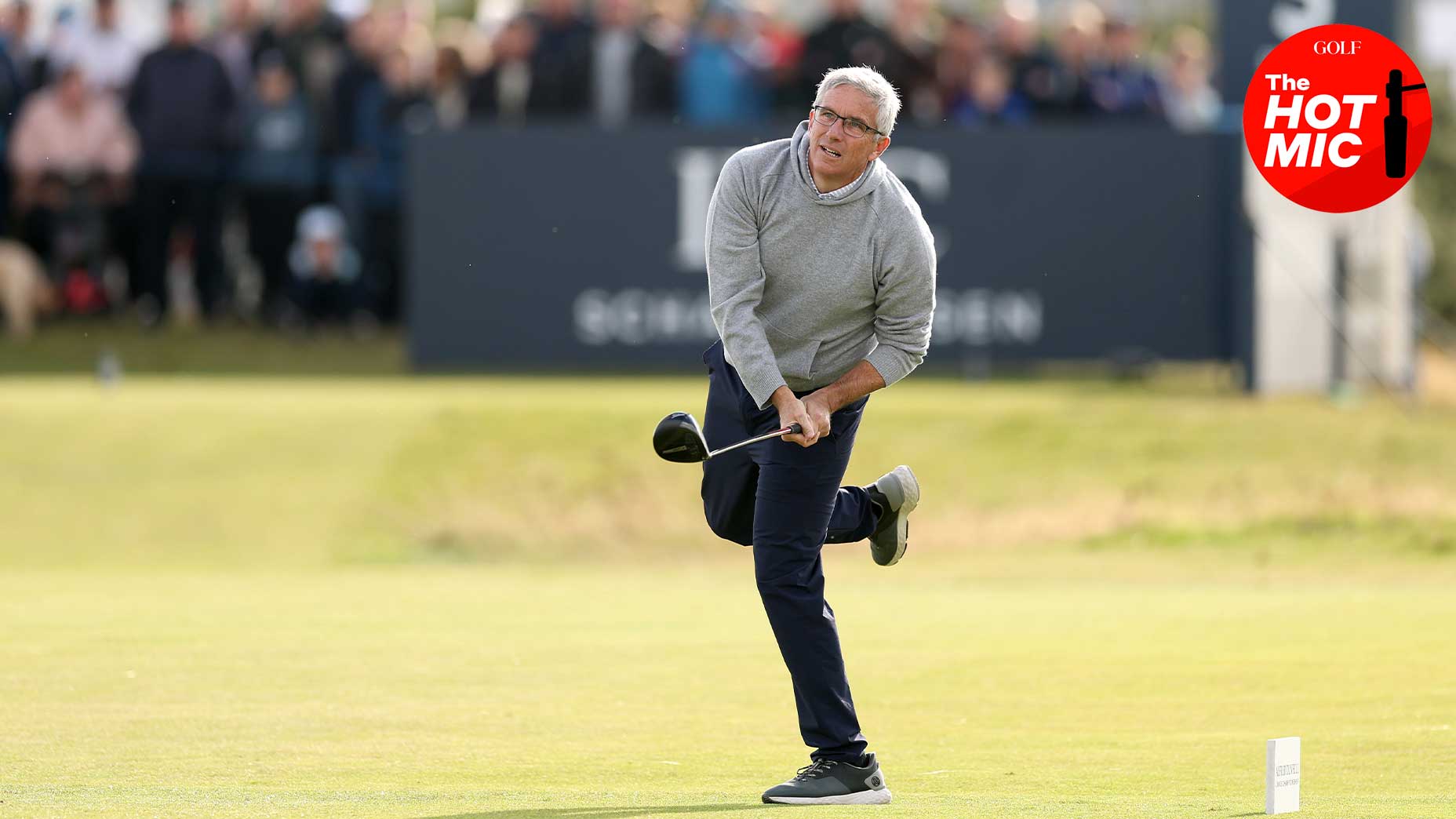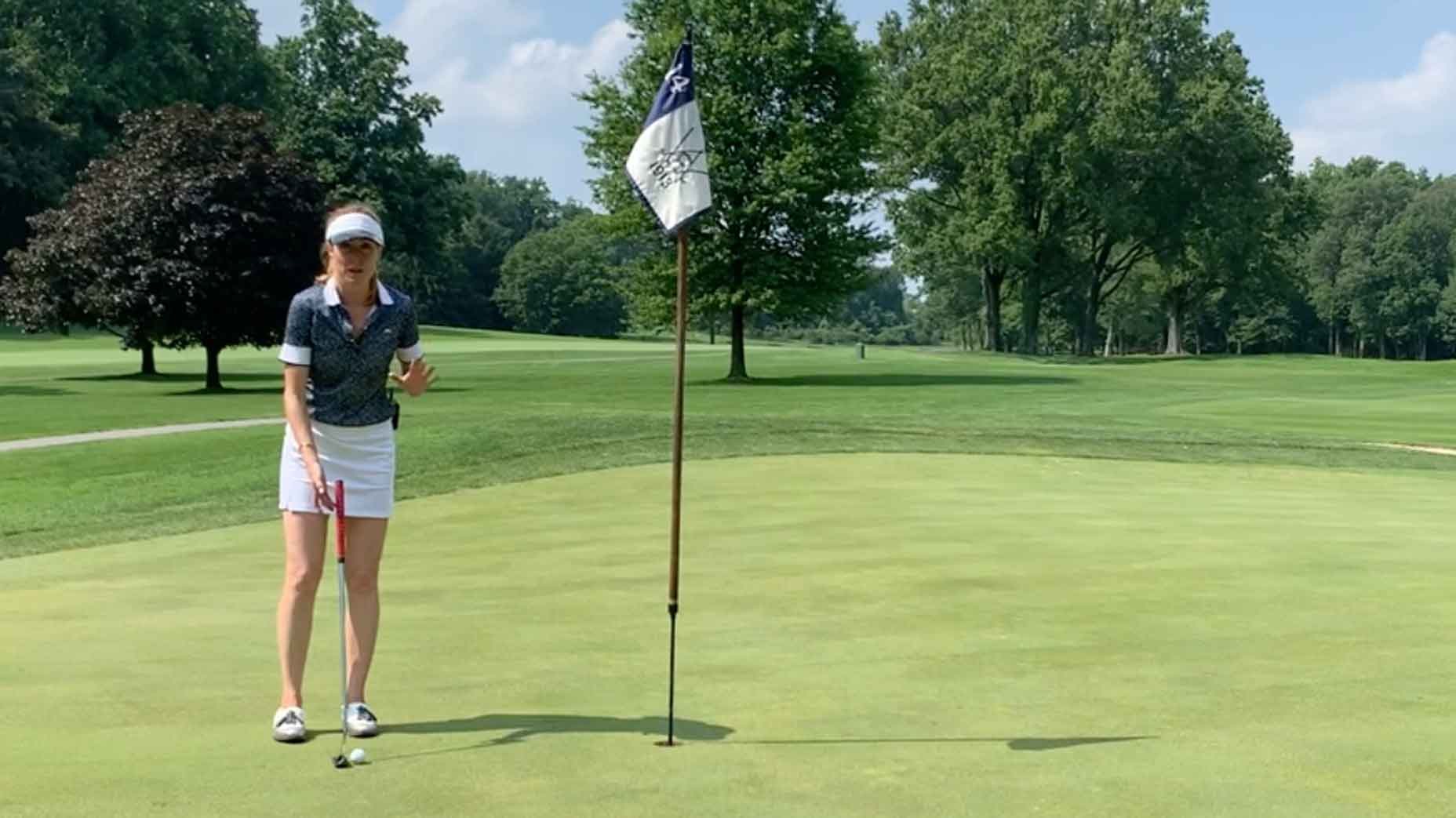The hidden meaning behind ESPN and LPGA’s promising new TV deal

Rose Zhang is one of many stars who will be shown on ESPN+ during this week's CME Group Tour Championship.
Getty Images
Generally speaking, the business of the sports TV rights deals is hardly an art form.
One side — the league — provides access to its television and/or streaming rights, granting the freedom to sell advertising around live event coverage. While the other side — the network — pays the league a fee for the right to show the action. When the two sides decide to work together, they negotiate terms that ensure the league is fairly compensated for its product while providing room for the network to take home a profit on sold advertising.
Even for those of us who fell well short of a business degree (yours truly), TV rights are easily understood economics. Both sides are looking to find the gap between supply and demand.
But that, it turns out, is where the latest agreement between the LPGA and ESPN+ defies the norm. On Thursday afternoon, the Tour and the Worldwide Leader announced they had agreed to an expanded streaming rights agreement beginning this week and carrying through the 2025 season. The two-year deal will see ESPN pick up “live and exclusive” coverage of eight events, including both this year and next year’s CME Tour Championship.
The full slate of events has yet to be announced, but the scope of the agreement shows that ESPN’s interest in the LPGA as a streaming asset has grown in recent years, as the ESPN+ platform has bolstered from showing a few sporadic events to now a defined slate of coverage.
The value of the ESPN+ and LPGA agreement is unknown, though it should not come as a surprise that the pact was announced on the same day the tour teased a record 2024 purse of $116.5 million. But even if the agreement represents only a fraction of the extra $15 million extra going toward the LPGA season-long purse in 2024 — peanuts by modern sports TV rights standards — both sides have ample reason to be ecstatic about the outcome.
That might sound ridiculous. During a time in which sports rights are netting more money than ever before, how can we confidently say any deal represents good value without knowing the financial backing behind it? For that, we turn our attention toward ESPN, the LPGA and the unique assets each brings to the table.
The LPGA
The biggest benefit for the LPGA in this arrangement? Exposure.
The PGA Tour’s move to join ESPN+ back in 2021 represented a significant shift for the Tour’s streaming product, which it had originally offered direct-to-consumer for a significantly smaller audience. In ESPN+, the Tour made a calculated gamble that non-golf subscribers would flock to Tour product if they were given the opportunity to watch; while diehards would welcome the lower cost, better user interface and host of other sports offerings offered on the platform. Through two years in the new product, the results are obvious: the PGA Tour has been streamed for more minutes on ESPN+ than any other program.
With ESPN+, the LPGA is hoping to jump on the same trend, capitalizing on ESPN’s wealth of subscribers and betting that providing an easy-to-access streaming option will help the tour juice its growth.
The benefit for viewers is a high-level golf broadcast featuring star commentators like Jess Korda — not the amateurish production shown during the Solheim Cup. The benefit for the LPGA is even simpler: audience, lots of it. As many within the Tour have argued for years, women’s golf will draw viewership once audiences are acquainted with the product. ESPN+ provides a wide-scale opportunity to do that.
ESPN+
The cost of LPGA TV rights relative to, say, the multi-billion-dollar monolith of the NFL helps to make this agreement palatable from the jump for ESPN, which is always in pursuit of expanding its own TV rights business for the right cost. But the real benefit of this deal is even deeper than any perceived ad revenue reaped from the ESPN+ agreement.
The Worldwide Leader has built an empire around being an indispensable asset to diehard sports fans, and the LPGA deal provides another audience with whom ESPN can claim indispensability. At the heart of that strategy is a desire to entice as many subscriptions as possible — be it for the network’s linear TV product or its streaming-only companion. For the LPGA’s most ardent fans, an ESPN+ subscription will become a much more attractive investment now that this agreement has been inked, giving ESPN+ one more potential revenue stream.
And that is no longer a niche audience. Recent viewership spikes in WNBA, women’s college hoops and women’s college volleyball have showed us that audiences are hungry for more women’s sports content. Consider the women’s World Cup, which managed record-breaking viewership despite being played in the middle of the night in Australia; or the National Women’s Soccer League, which just signed what is believed to be the largest media rights deal ever for a women’s sports property, with a group of U.S. broadcasters, including ESPN, pitching in some $240 million annually to the product.
Add all this together and there’s suddenly a ton of logic behind partnering with the LPGA, where a blossoming group of young stars are carrying the sport forward. That’s not just good PR — it’s good business.











